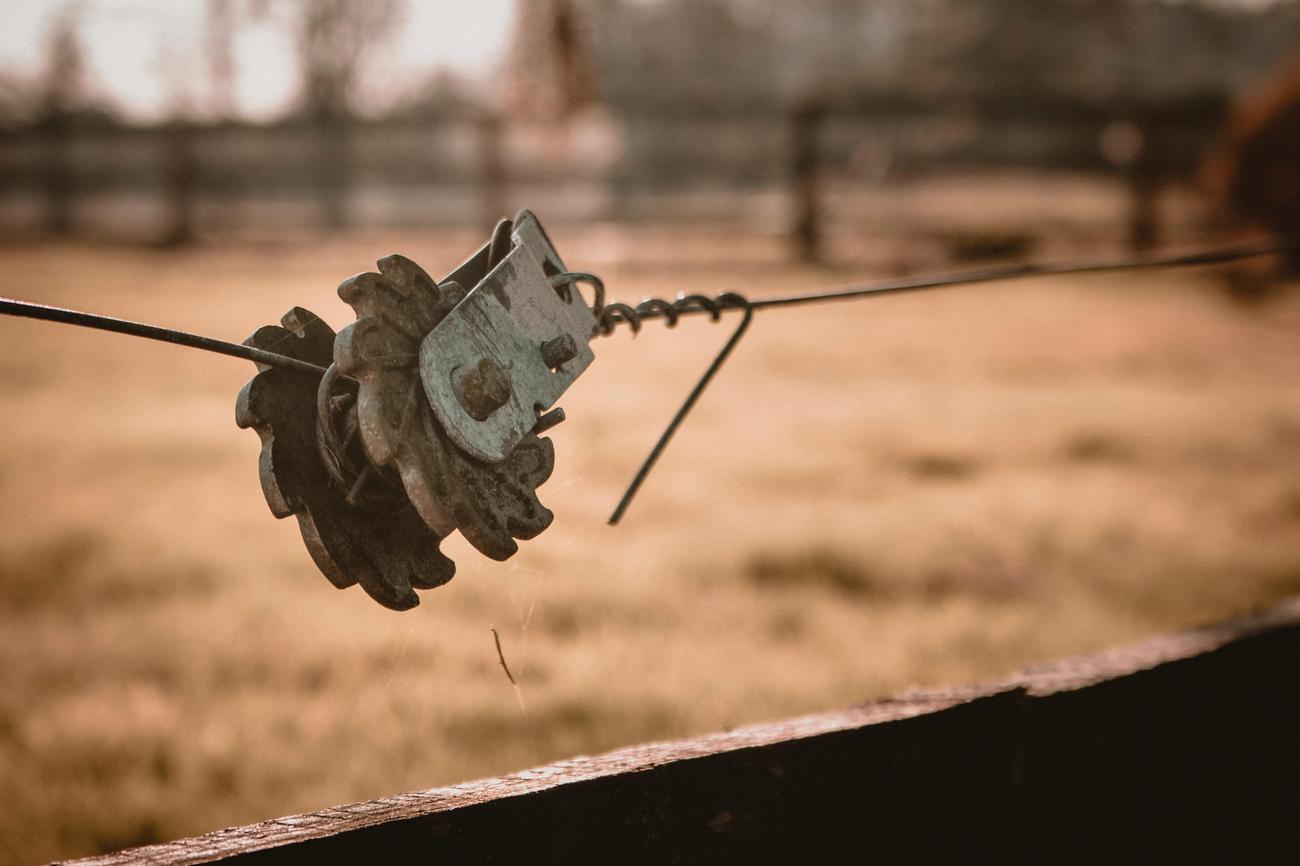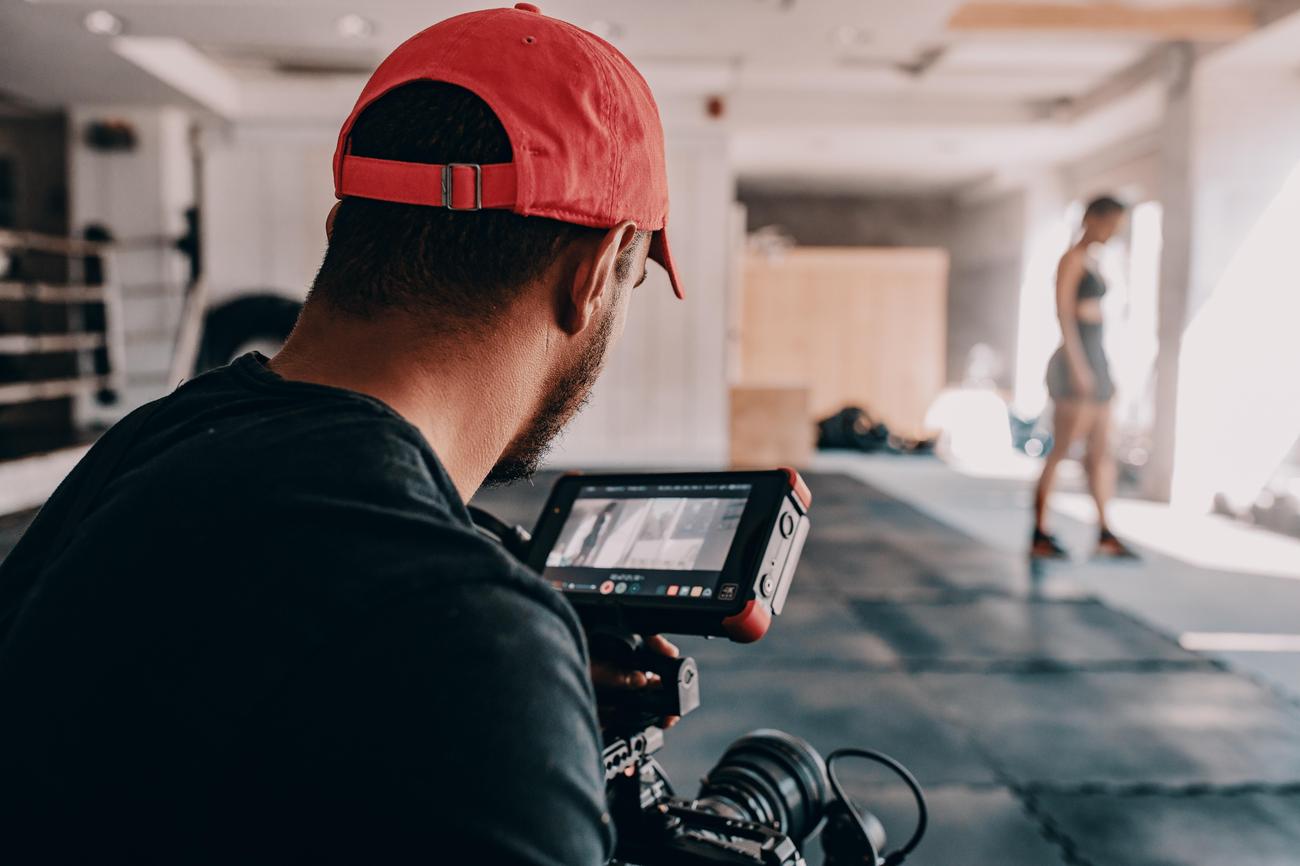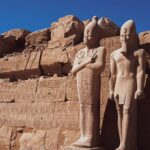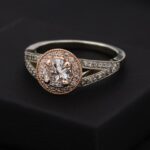Welcome to a journey back in time, where we unravel the intriguing and awe-inspiring world of wrestling in ancient Egypt. In this riveting article, we will explore the fascinating facts and hidden gems behind this ancient sport, delving deep into the rich tapestry of Egyptian culture, religion, and society. Prepare to be captivated by the stories of fierce competitions and the cultural significance they held for Egyptians, from the pharaohs to the commoners. Get ready to be mesmerized by the insights and evidence-backed information that will shed light on the marvels of ancient Egyptian wrestling.

Facts About Wrestling in Ancient Egypt
Wrestling was a beloved sport in ancient Egypt, captivating everyone from royalty to commoners. It served as both a form of physical competition and a way to settle disputes. Let’s dive into the intriguing world of Egyptian wrestling and unravel some fascinating facts about this ancient sport.
1. Tracing Back to the Old Kingdom
Wrestling in Ancient Egypt can be traced back to the Old Kingdom, specifically the 5th Dynasty around 2400 BC. Artworks from this period visually document the sport, with some dating as far back as 3000 BC. These ancient depictions offer us valuable insights into the techniques and practices of Egyptian wrestling.
“By examining the artwork of ancient Egypt, we can uncover mesmerizing details about the rich history of wrestling in this period.”
2. A Powerful Physical Challenge
Egyptian wrestling bore striking similarities to modern freestyle wrestling. Participants engaged in intense bouts, utilizing throws, holds, and takedowns to subdue their opponents. Wrestling was not a mere pastime but a powerful physical challenge where skill, strength, and strategy were put to the test.
“Ancient Egyptian wrestling was a test of physical prowess, requiring participants to employ various techniques and tactics to gain victory.”
3. Women Also Wrestled
Wrestling was not exclusive to men in ancient Egypt. Women also actively participated in this sport, demonstrating their physical capabilities and engaging in fierce competitions. This speaks to the inclusive nature of Egyptian culture and the importance placed on physical prowess.
“Ancient Egyptian society broke gender barriers in sports, allowing women to compete in wrestling alongside their male counterparts.”
4. A Cultural and Propaganda Symbol
Wrestling held great cultural significance in ancient Egypt. Beyond being a physical competition, it played a role in the country’s propaganda and ideological messaging. The sport was frequently depicted in tombs and other archaeological sites, showcasing the strength, valor, and power of the Egyptian people.
“Wrestling in ancient Egypt was more than just a sport; it was a symbol of national pride, displaying the strength and resilience of the Egyptian civilization.”
5. Diverse Combat Techniques
Egyptian wrestling encompassed an array of combat methods, ranging from unarmed techniques to armed combat. Wrestlers employed not only their fists and feet but also weapons and other objects to gain an advantage over their opponents. This diversity in techniques added a unique dimension to the sport.
“Ancient Egyptian wrestling showcased the versatility and adaptability of its participants, as they engaged in a range of combative methods to achieve victory.”
6. A Long-Lasting Legacy
The impact of wrestling in ancient Egypt extends far beyond the ancient world. Its influence can still be seen today in the development and evolution of wrestling as a sport. The legacy of Egyptian wrestling lives on, inspiring athletes and enthusiasts alike to explore its historical and cultural roots.
“Wrestling in ancient Egypt continues to captivate our fascination, as its influence on the development of wrestling as a sport resonates through the ages.”
In conclusion, wrestling in ancient Egypt was a popular sport that played a significant role in Egyptian society, encompassing both physical competition and cultural symbolism. From its origins in the Old Kingdom to its inclusive nature and diverse combat techniques, Egyptian wrestling leaves a lasting legacy that continues to captivate us today.
Wrestling is a fascinating sport that has captivated audiences for centuries. If you’re curious about the history, techniques, and incredible stories behind this dynamic activity, you won’t be disappointed with these facts about wrestling! Click here to uncover the secrets of wrestling and delve into a world of body slams, suplexes, and championship belts. Let your curiosity be satisfied as you explore the rich heritage and thrilling moments of this beloved sport. Don’t miss out on this opportunity to expand your knowledge and gain a deeper appreciation for the athleticism and skill of wrestling. Check out the facts about wrestling here: facts about wrestling
Facts about wrestling in ancient Egypt will surely amaze you! Did you know that wrestling has deep roots in ancient Egyptian culture? Discover fascinating wrestling facts in ancient Egypt that will transport you back in time. From intricate rules and techniques to the prominent role of wrestling in their society, these ancient practices will leave you in awe. Dive into the world of ancient Egyptian wrestling and uncover the hidden secrets of this captivating sport.
To learn more about wrestling facts in ancient Egypt, click here: wrestling facts in ancient Egypt.
Unearth intriguing ancient Egyptian wrestling facts that will capture your imagination. Explore the rich history and significance of wrestling in ancient Egypt. From the rituals surrounding the sport to the influence it had on their everyday lives, these ancient Egyptian wrestling facts provide a unique glimpse into a timeless tradition.
For an in-depth look at ancient Egyptian wrestling facts, click here: ancient Egyptian wrestling facts.
A Brief History of Ancient Nubian Wrestling
[youtube v=”DiMofeVeelo”]
Ancient Nubian Wrestling: Tracing its Roots
Wrestling in the ancient world is often associated with Greece and Rome, largely due to Western culture’s popularity. However, it is important to recognize that wrestling was not exclusive to these civilizations. Ancient Nubian wrestling, an intriguing and lesser-known aspect of ancient wrestling, warrants further exploration. Though there is limited information regarding its origins, by examining the parallels between ancient Nubian wrestling and modern wrestling in Sudan, we can gain valuable insights into this fascinating tradition.
Wrestling in Ancient Egypt: A Predecessor for Nubian Wrestling
To comprehend the world of Nubian wrestling, we must first study wrestling in ancient Egypt—the civilization that documented the sport on their walls long before Greece and Rome came to prominence. Wrestling, depicted with great detail in Egyptian art, held a prominent place in the ancient athletic world. Not only was it a popular sport, but it also held significant cultural and political significance. Wrestling contests were held in honor of Egyptian rulers, symbolizing the strength and power of the nation.
Nubian Wrestlers in Ancient Egypt: A Complex Relationship
The presence of Nubian wrestlers in ancient Egypt reveals a dynamic socio-political interaction between the two regions. Nubian wrestlers frequently appeared in Egyptian art, suggesting a long-standing tradition of exchange and interaction. However, it is important to note that the ethnic origin of these wrestlers is largely speculative. Scholars primarily rely on physical appearances to infer their origin, as no specific markers exist to indicate their place of birth. Some theories suggest that these so-called “Nubians” depicted on Egyptian walls may have actually been born in Egypt.
Depictions of Nubian Wrestling in Ancient Egypt
Several depictions of wrestling in ancient Egypt shed light on the details and traditions of this ancient practice. The earliest representation of what is believed to be a Nubian wrestler can be found in the tomb of Tjaneni, an Egyptian officer, dating back to 1410 BC. Another notable depiction is from the rock tomb of one of Queen Nefertiti’s palace stewards. This scene portrays a wrestling match observed by Pharaoh Akhenaten, his court, nobles, and soldiers.
Wrestling Culture in Nubia
Modern wrestling in Sudan offers valuable insights into the culture and origins of ancient Nubian wrestling. According to oral tradition, Nubian wrestling traces its roots to observations of animal behavior. The Nuba people were fascinated by the wrestling-like techniques exhibited by monkeys and insects. For instance, monkeys would rub their hands on the ground to enhance their grip, a technique adopted by Nubian wrestlers. Wrestling became an integral part of Nuba culture, where exceptional young boys would join a wrestling fraternity during their initiation into manhood.
Ancient Nubian Wrestlers: Cultural Continuity
The connection between ancient Nubian wrestling and the present-day Sudanese wrestling culture can provide important clues about ancient Nubian tradition. The gourds hung from a wrestler’s waist, depicted in ancient Egyptian reliefs, are still observed in modern Sudanese wrestling. These gourds symbolize the loser of a match. Similarly, the presence of cattle in ancient reliefs hints at the cattle camps, where young Nuba boys undergo initiation. Stick fighting, another element seen in modern Sudanese wrestling, is also observed among various African tribes.
Unlocking Ancient Wisdom Through Modern Lenses
Reading between the lines of history can be challenging, but common sense and analysis can enhance our understanding. While recognizing the limitations of available information, the parallels between ancient Nubian wrestling and its modern Sudanese counterpart offer insights into the cultural continuity of this ancient practice. By exploring ancient Egyptian art and the traditions of Nuba wrestling, we can gain a deeper appreciation for the rich history and significance of Nubian wrestling.
“Exploring the fascinating world of ancient Nubian wrestling reveals the deeper cultural connections between ancient Egypt and modern Sudan.”
FAQ
Q: When did wrestling become popular in Ancient Egypt?
A: Wrestling became popular in Ancient Egypt during the 5th Dynasty, which was around 2400 BC. The sport was visually documented in artwork dating as far back as 3000 BC.
Q: How did wrestlers in Ancient Egypt settle disputes?
A: Wrestlers in Ancient Egypt often used the sport as a way to settle disputes. They were typically divided into two classes: those who fought with their fists and those who fought with their feet.
Q: What techniques did wrestlers in Ancient Egypt use?
A: Wrestlers in Ancient Egypt used a variety of techniques similar to modern freestyle wrestling. They employed throws, holds, and takedowns to subdue their opponents.
Q: Did women participate in wrestling in Ancient Egypt?
A: Yes, wrestling in Ancient Egypt was not limited to men. Women also participated in the sport, showcasing the sport’s inclusivity in Egyptian society.
Q: How did wrestling in Ancient Egypt influence the development of the sport?
A: Ancient Egyptian wrestling continues to be of historical and cultural interest today due to its influence on the development of wrestling as a sport. Its combative methods and techniques have had a lasting impact on the sport.












